Grow Healing Herbs Indoors: Combat Winter Illness With A Medicinal Garden
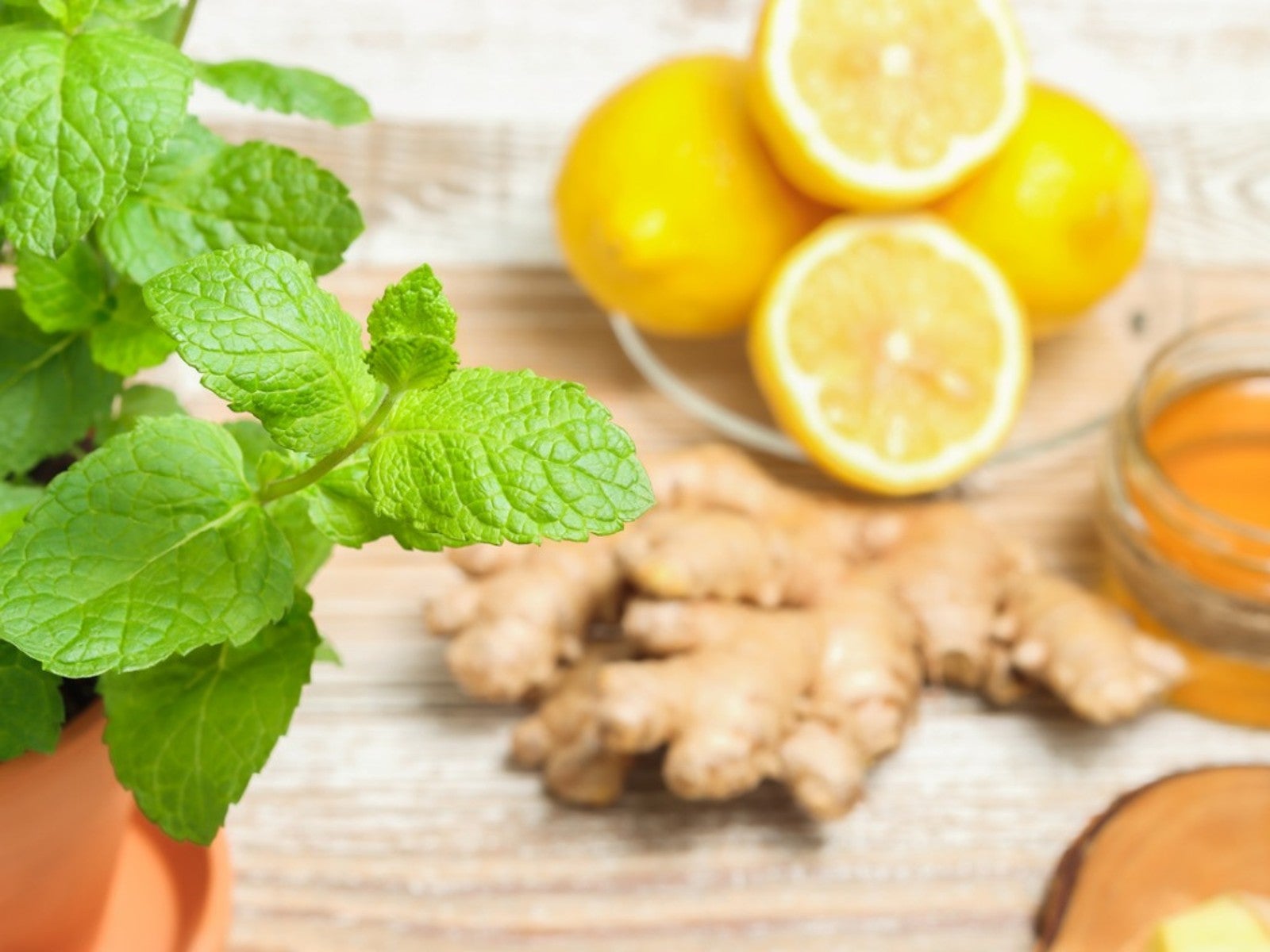

Many gardeners include herbs among their landscape plants, whether for culinary, medicinal, or ornamental use. If you are growing medicinal plants at home, did you know you also can grow an indoor medicinal herb garden? Many plants will do well indoors, provided there is enough light, and they have well-drained soil.
Plants such as lavender, basil, and chamomile, and spices such as ginger and turmeric, can be grown in an indoor medicinal herb garden.
How To Grow Medicinal Plants Indoors
Growing a medicinal garden indoors is a bit more challenging than it is outdoors, but it can be done. The trick is to mimic outdoor conditions as much as possible.
Site the medicinal herb garden near a sunny window, such as south or west facing, away from heater vents and temperature extremes. Five hours of sun a day is ideal. However, during the winter, provide the plants 14 to 16 hours a day of supplemental light from a fluorescent or LED light.
For the soil, use two parts of a commercial soilless mix with one part perlite in a container with plenty of drainage holes. Leaner is better for most herbs, but they should benefit from a light fertilizer every few months.
Water regularly but allow the soil to dry out between waterings. To raise the humidity around the plants, mist them daily, or place the containers on a pebble tray.
When summer arrives, move the perennial herbs outdoors and bring them back in before a frost. Annual herbs can grow inside year-round but should be replaced yearly.
Gardening tips, videos, info and more delivered right to your inbox!
Sign up for the Gardening Know How newsletter today and receive a free copy of our e-book "How to Grow Delicious Tomatoes".
Here are tips for growing a medicinal garden:
- German chamomile (Matricaria chamomilla) is an annual that needs 5 to 6 hours of sun a day or 12 to 16 hours of artificial light. Its dried flowers are used in soothing teas to relieve tension and anxiety.
- Basil (Ocimum basilicum) is also grown as an annual and will do well indoors. Provide six hours of sun, preferably from a south-facing window. It needs a nutrient-rich soil so fertilize regularly with an organic fertilizer. Its leaves are used as a tea to relieve stomach problems, indigestion, and constipation.
- Lavender (Lavandula) is grown for its calming scent and is used medicinally to cure headaches and insomnia, and to relieve tension. Give it as much sun as possible from a south-facing window. Though it is drought tolerant, it performs best when watered regularly, Harvest flowers in the morning when the oil is at its highest. Its leaves and flowers are used in teas, potpourri, and sachets.
- Spices such as ginger (Zingiber officinale) and turmeric (Curcuma longa) can be grown indoors by planting the rhizomes in soil 2 inches deep. Purchase rhizomes at the grocery store or from an online nursery and cut into pieces with two or three buds. When foliage appears, move them to a sunny window. Keep the soil moist but not wet. Move them outside when weather warms but be sure to bring them back in when temperatures drop to 50 degrees F (10 C). After 8 or 10 months, the foliage will die back, and you are ready to harvest. Ginger is an anti-inflammatory and an immune booster. Turmeric, a relative of ginger, is an anti-inflammatory and antioxidant with many other touted medicinal benefits.
Medicinal plants and herbs will make a fragrant as well as beneficial addition to an indoor garden.
Disclaimer: The contents of this article are for educational and gardening purposes only. Before using ANY herb or plant for medicinal purposes, please consult a physician or a medical herbalist for advice.

After graduating from Oklahoma State University with a degree in English, Susan pursued a career in communications. In addition, she wrote garden articles for magazines and authored a newspaper gardening column for many years. She contributed South-Central regional gardening columns for four years to Lowes.com. While living in Oklahoma, she served as a master gardener for 17 years.
-
 12 Lush Alternatives To A Lawn For Sustainable Spaces
12 Lush Alternatives To A Lawn For Sustainable SpacesAlternatives to a lawn are beautiful and also beneficial to your local ecosystem and its pollinators. Explore our top picks for plants to replace grass.
By Tonya Barnett
-
 Types Of Tomatoes Explained: Explore The Many Wonderful Shapes, Colors, Flavors, & Best Uses
Types Of Tomatoes Explained: Explore The Many Wonderful Shapes, Colors, Flavors, & Best UsesThe world of tomato varieties is vast and fascinating. Learn about the key types to grow in your garden, tailored to your preferences and space.
By Amy Grant
-
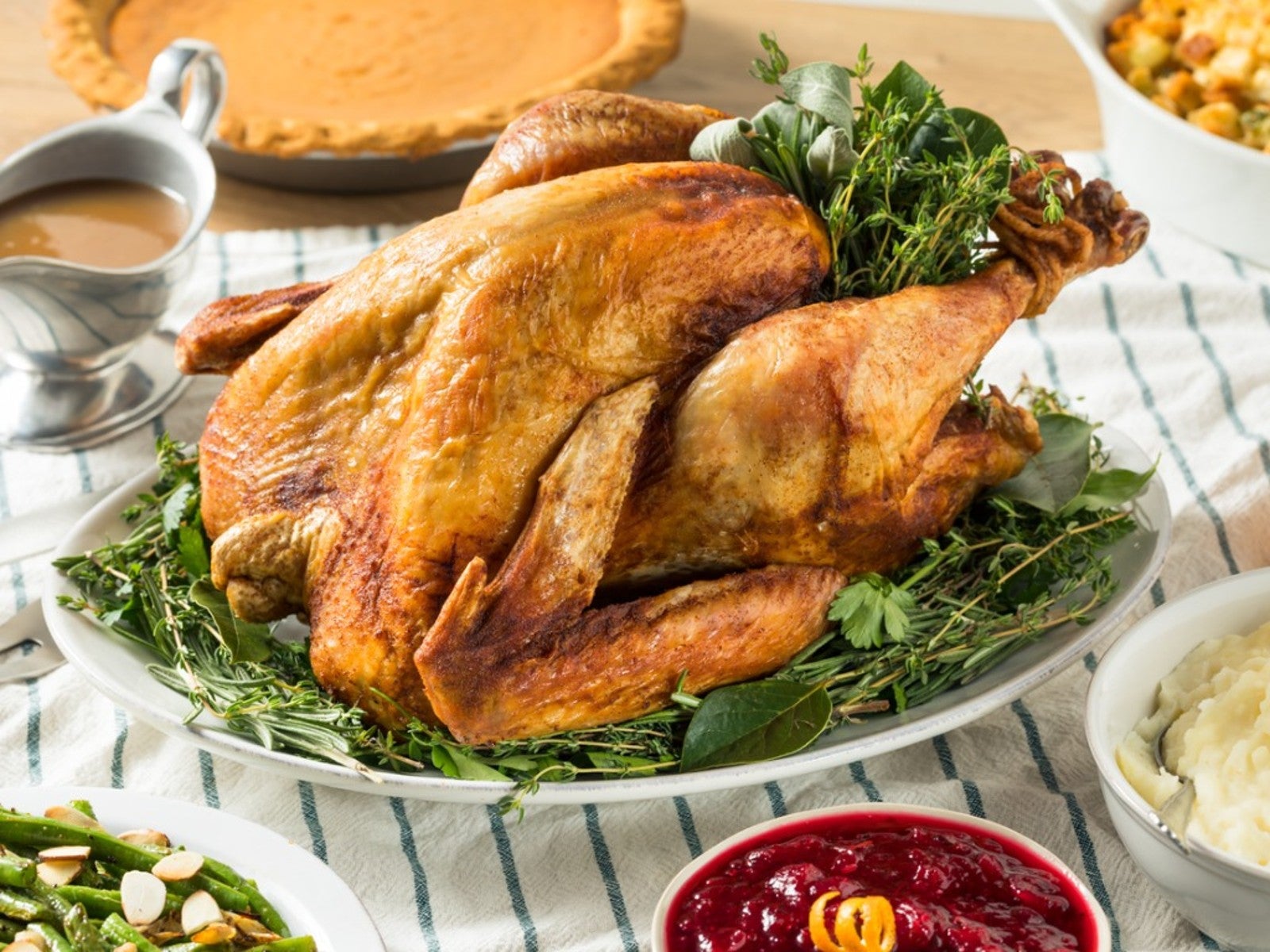 Grow Tasty Herbs For Roast Turkey In Your Garden
Grow Tasty Herbs For Roast Turkey In Your GardenCan you season your turkey with herbs you grow in your own garden? Yes! Click to learn more.
By Amy Grant
-
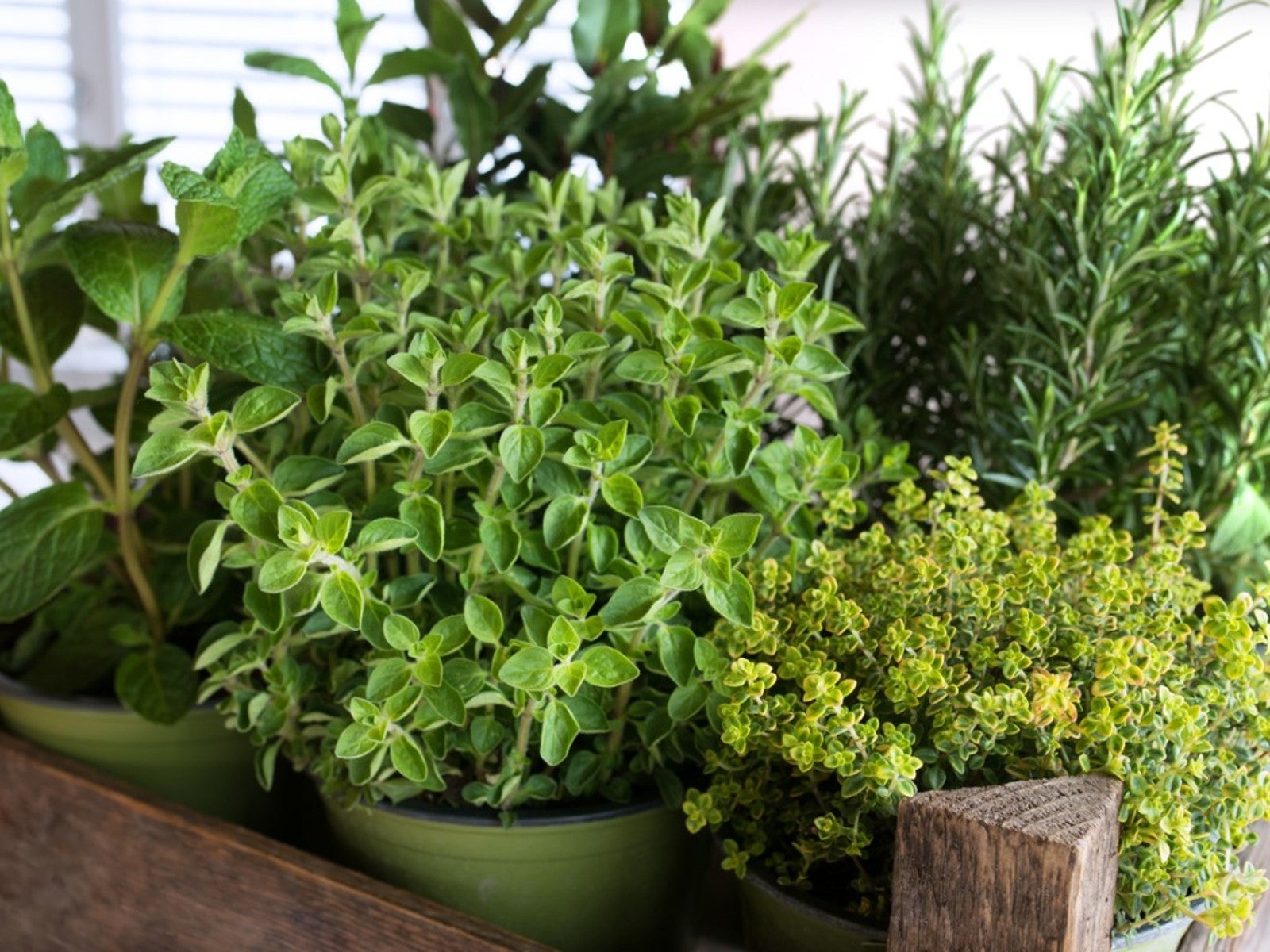 10 Easy Herbs For Beginners
10 Easy Herbs For BeginnersIf you’re new to herb growing, there are some perfect beginner herbs that are low maintenance and easy. Here are our top ten.
By Mary Ellen Ellis
-
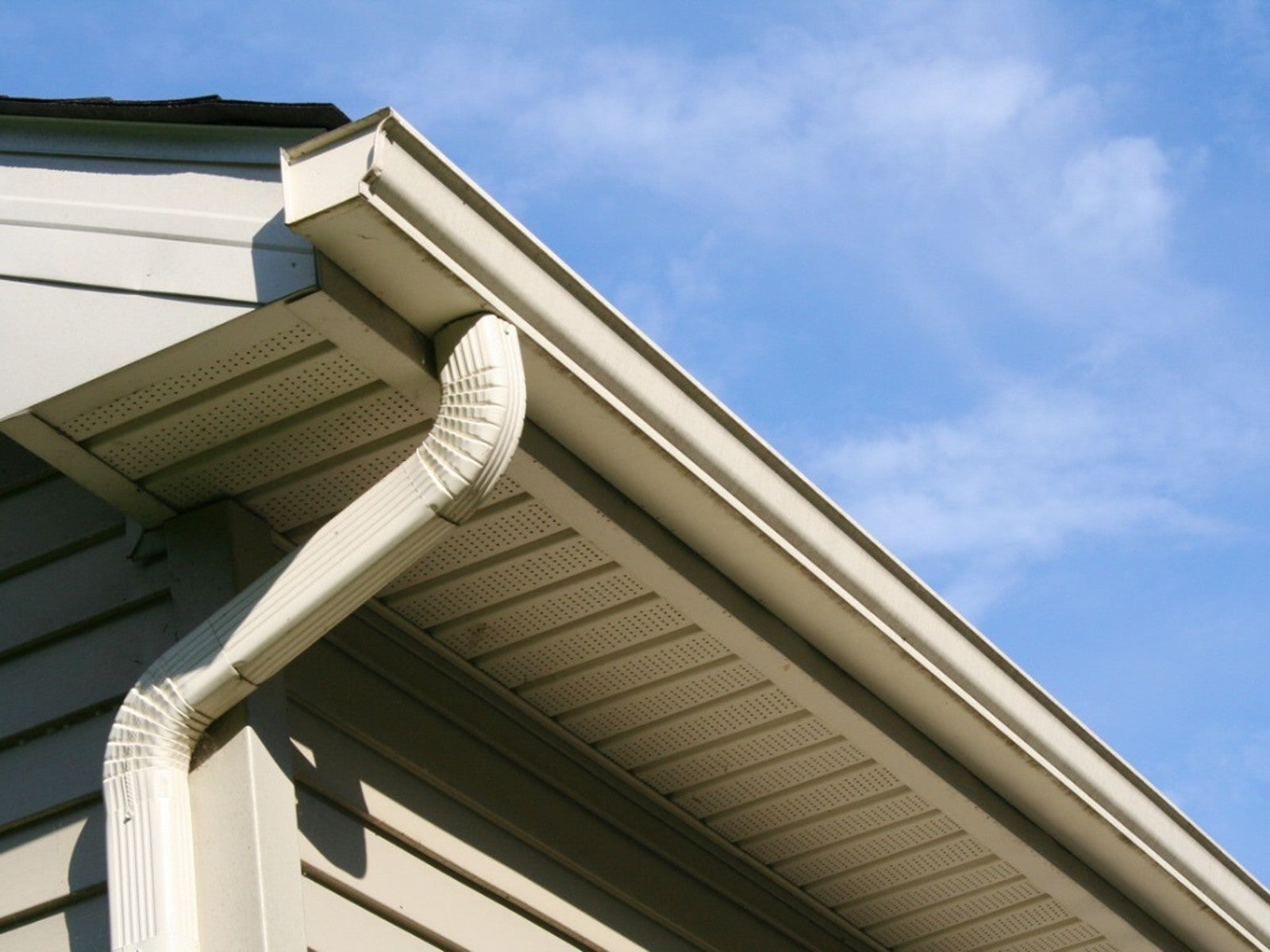 How To Make A Rain Gutter Herb Garden
How To Make A Rain Gutter Herb GardenOne really fun look outside the box is a hanging rain gutter herb garden. A gutter planter is a unique way to house and showcase plants.
By Bonnie L. Grant
-
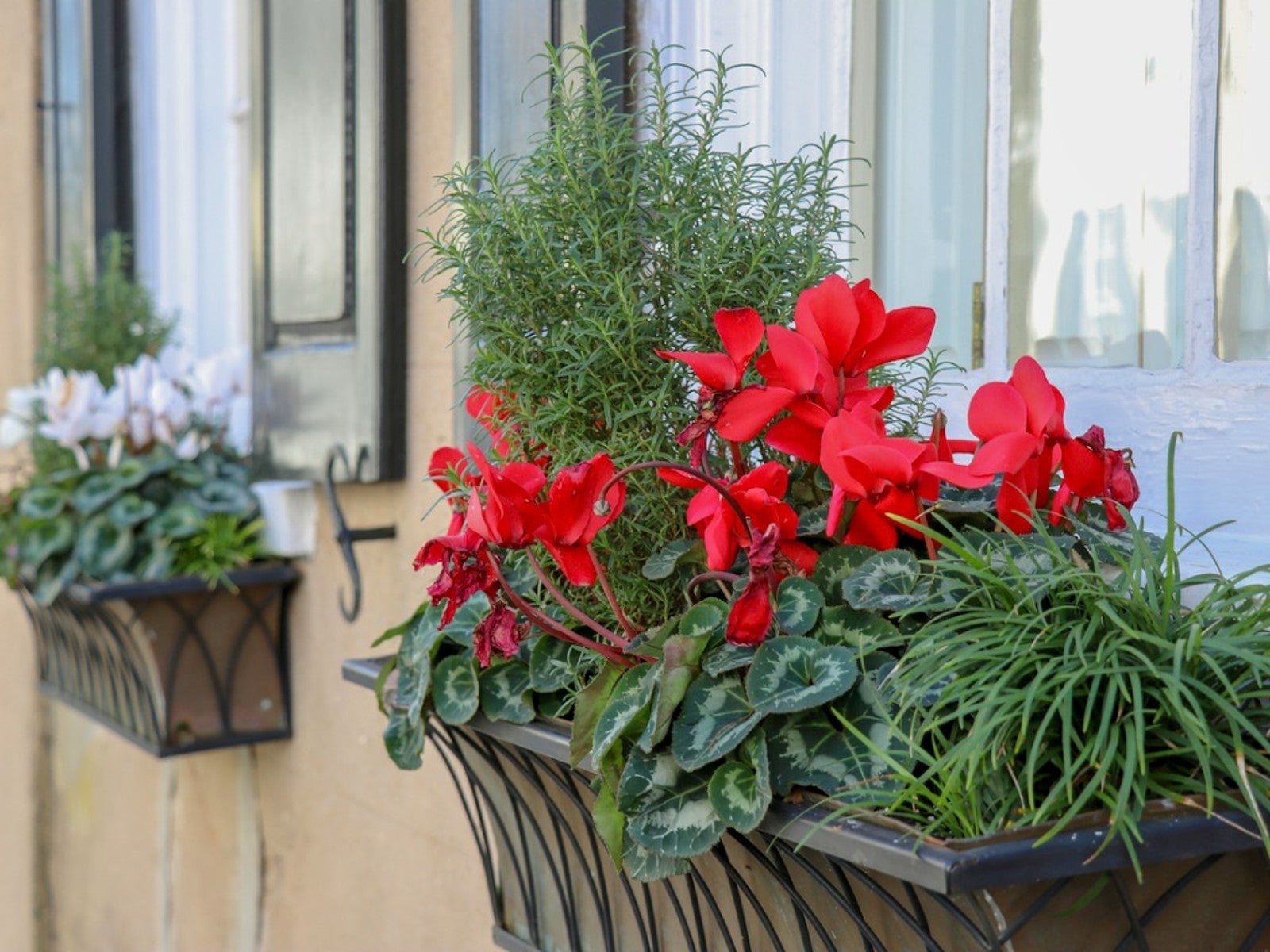 Grow A Beautiful, Edible Herb Window Box
Grow A Beautiful, Edible Herb Window BoxGrowing herbs in window boxes is a space-saving method for producing culinary ingredients for kitchen use. Click for more.
By Laura Miller
-
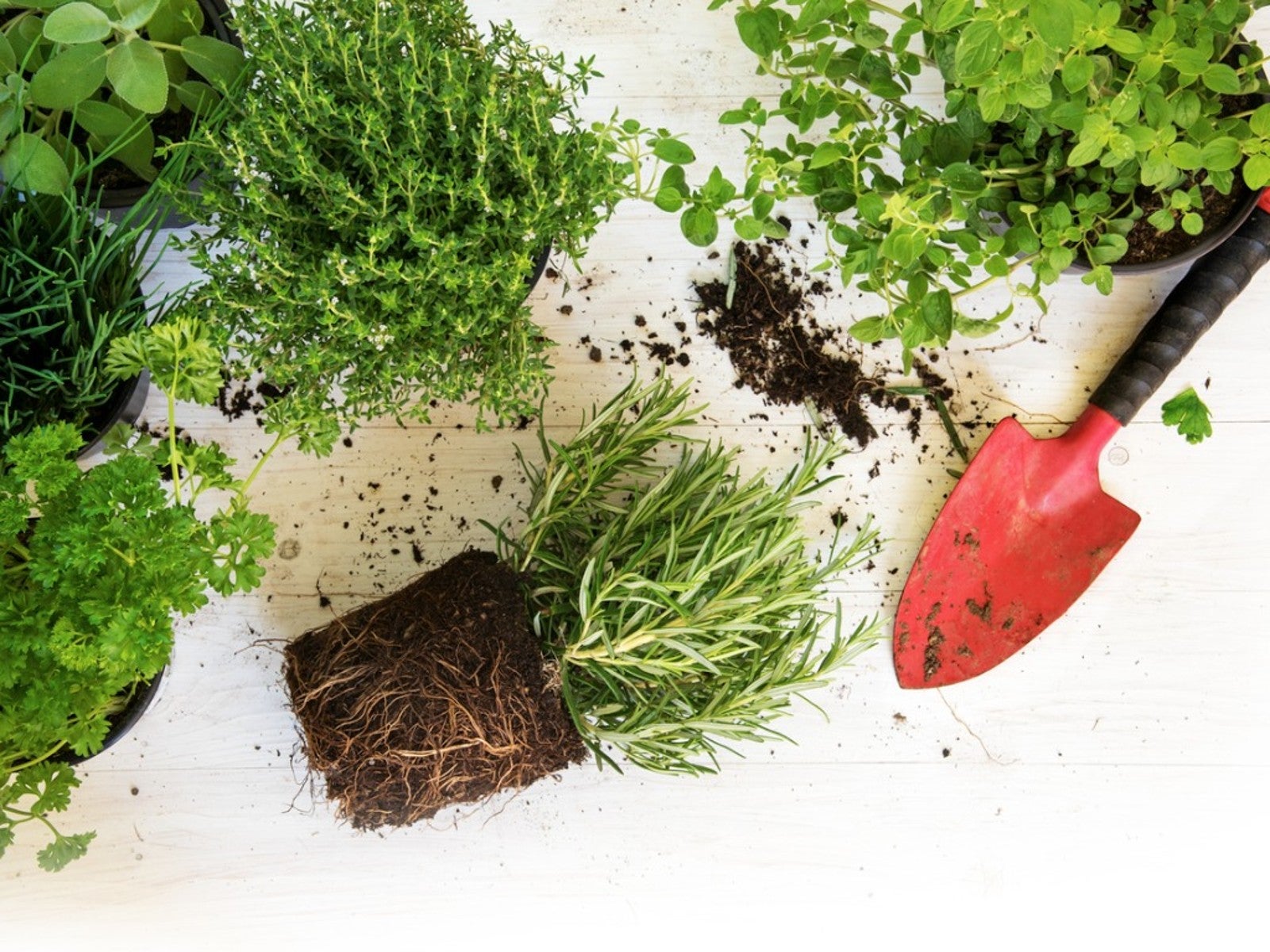 Best Herbs To Direct Sow Vs. Start Indoors
Best Herbs To Direct Sow Vs. Start IndoorsKnowing when to buy herb plants or start them from seeds or cuttings is essential to your success. Read on to learn more.
By Laura Miller
-
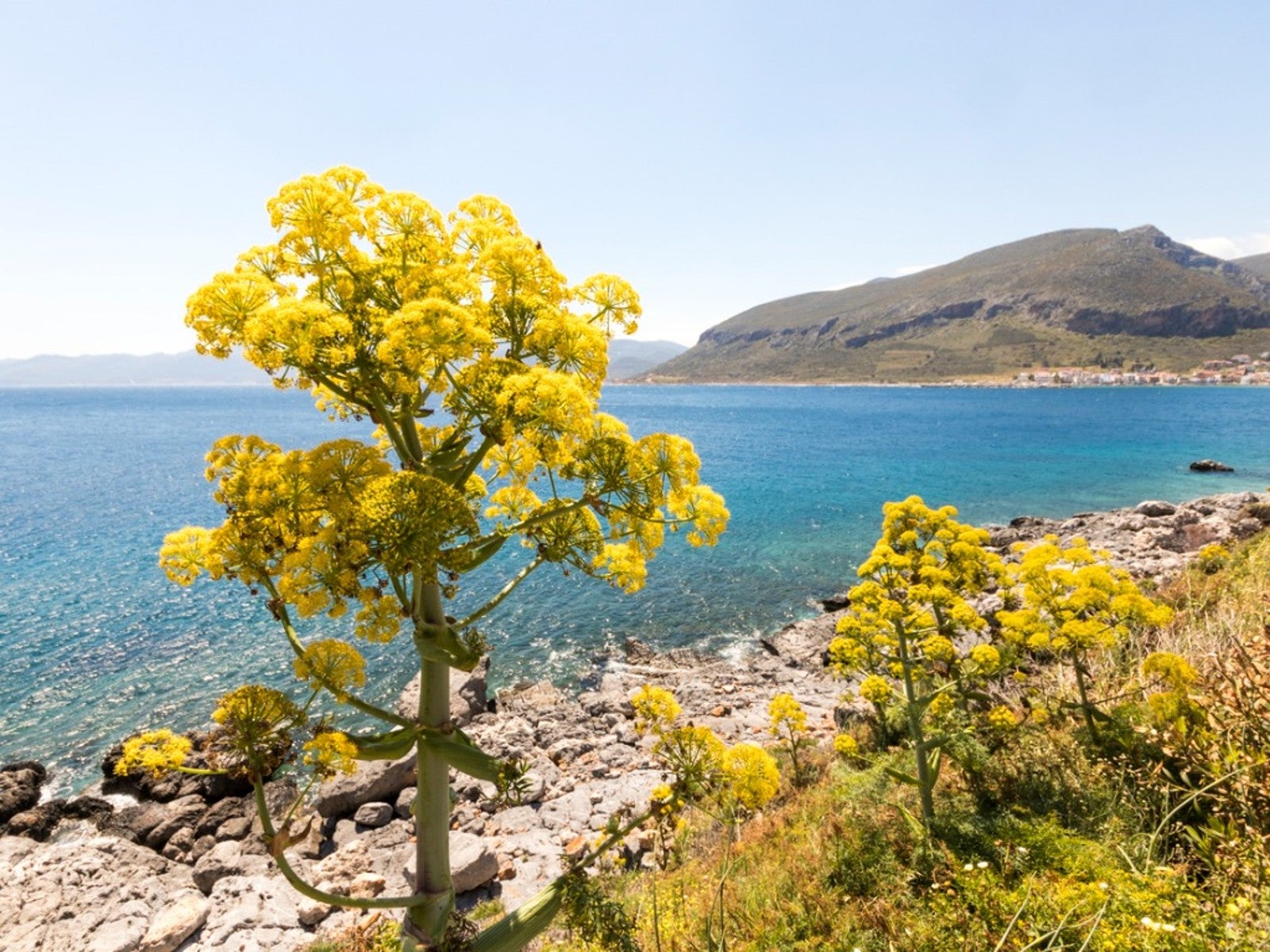 Learn About The Highly Prized Silphium Herb
Learn About The Highly Prized Silphium HerbWhat if there was a perfect plant? In ancient times such a treasure existed. It was the silphium plant.
By Laura Miller
-
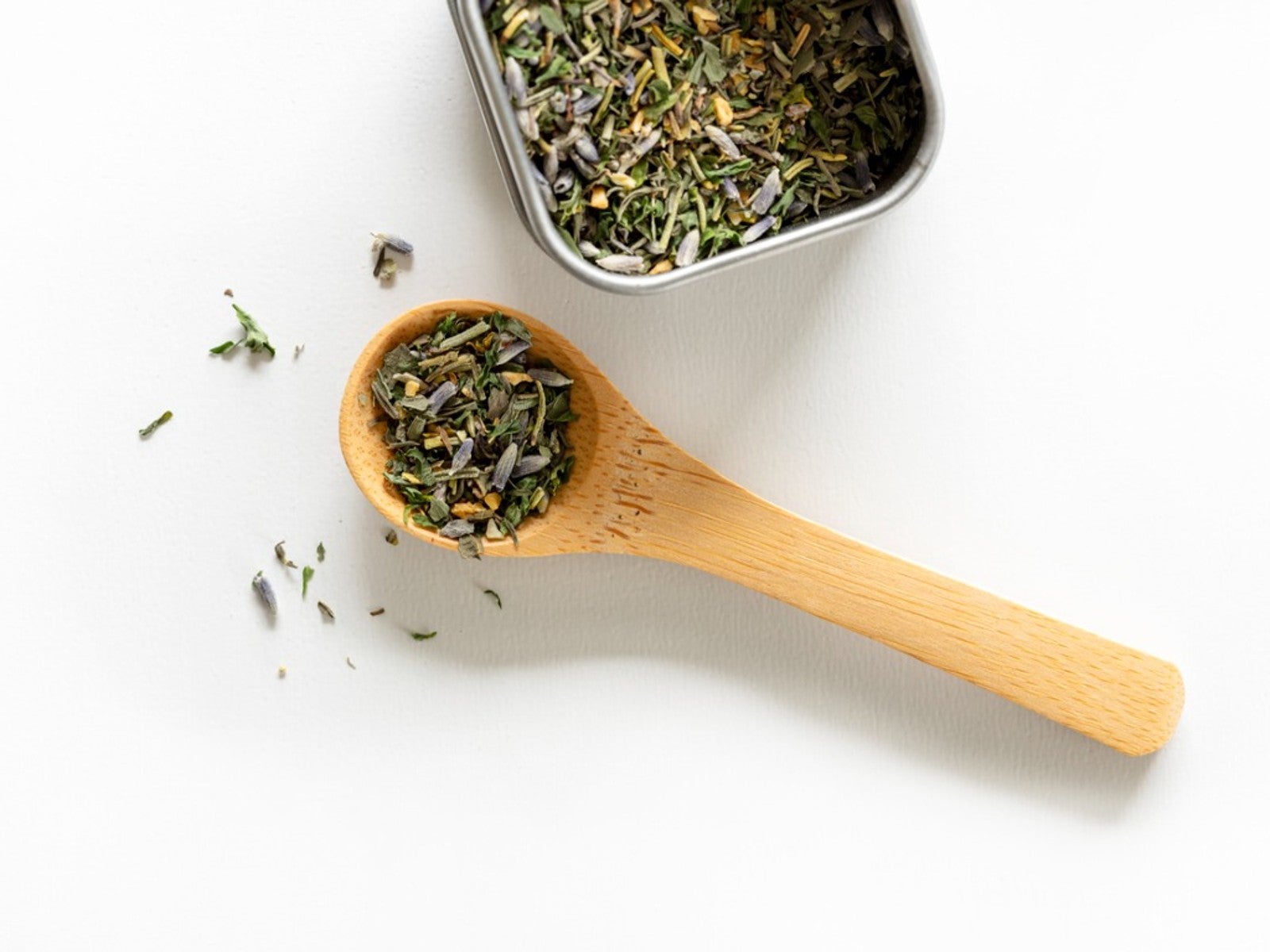 Grow Your Own Herbes De Provence - How To Grow, Dry, And Store Herbs
Grow Your Own Herbes De Provence - How To Grow, Dry, And Store HerbsHomemade gifts can add that special touch to any occasion, such as a jar of herbes de provence. Click here to learn how to grow and make your own for gifting.
By Laura Miller
-
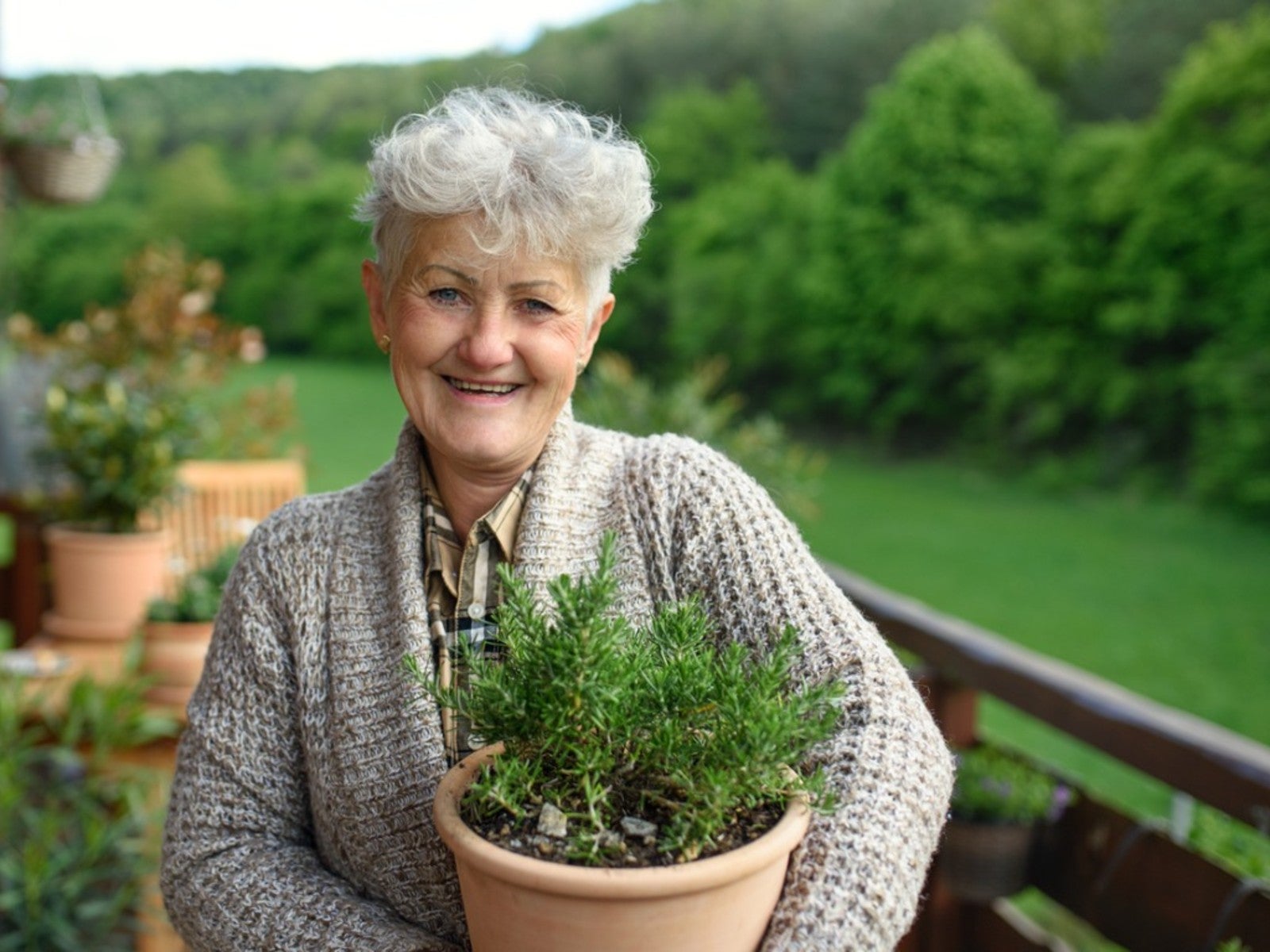 The Best Herbs For Seniors - Healthy Elderly Herbs And Spices
The Best Herbs For Seniors - Healthy Elderly Herbs And SpicesLong believed to be a useful source of prevention and healing, herbs are often sought after. Click to learn more about herbs for seniors.
By Tonya Barnett